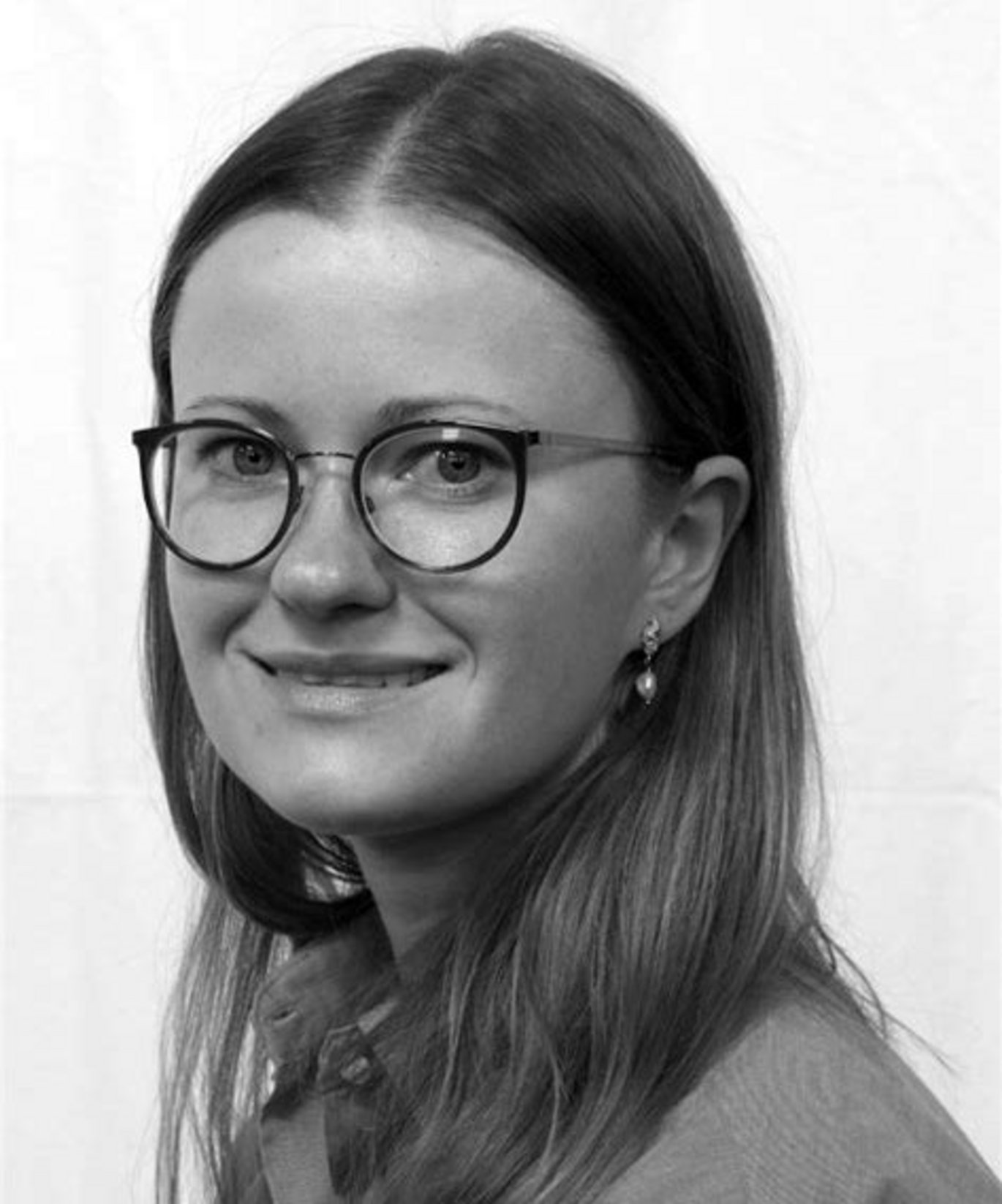PhD Project: Do cognitive biases make us more likely to share negative content online?
Petra de Place Bak is a PhD student at IKK, Aarhus University. Her PhD project ‘Cultural Attraction and Social Media Communication’ explores how human cognition, and cognitive biases affect social media communication and what gets shared on social media. She has a BA in Communication from DMJX and an MA in Cognitive Semiotics from AU.

What is your PhD project about?
“Much empiric research has shown that in a non-digital context, people tend to have a bias towards negativity, which means that people are more attracted towards and more likely to pay attention to negative information, rather than neutral or positive information. My project expands upon this research by examining if this notion applies to a digital context. More broadly, my project examines whether this or other cognitive biases influence what content gets engagement on social media.”
How did you get interested in this subject?
“During my BA, I spent a semester abroad interning at the Danish Embassy in Spain. I noticed how people would sometimes contact the Embassy, claiming that the Embassy was misrepresenting Denmark in promoting Denmark as a nation which cares about animal welfare. People claimed that this was untrue, and that Denmark instead had poor animal welfare. These claims were often fueled or caused by misinformation pedaled by unreliable online sources. These instances made me interested in how people come to believe in information which is demonstrably false. I started reading up on cognitive linguistics and applied for the MA degree in Cognitive Semiotics. I became aware of the concept of cognitive biases and wondered whether this could possibly partly explain why people come to believe in certain information, including misinformation. I then wanted to look at it in a broader context, and that’s why misinformation is just one case, and not what the whole project is about.”
What are you working on at the moment?
“At the moment, I’m working on my third article, examining whether the emotions joy, optimism, anger, sadness, fear, and disgust correspond with higher or lower likelihood and number of retweets on Twitter, specifically in Nordic context. I do this by using machine learning and statistical analysis to analyze a dataset compiled by DATALAB, which contains Danish, Swedish, Norwegian and Finnish tweets. The Nordic context is especially interesting because of the fact that up until now, this hasn't been studied much.”
Which findings from your project do you find the most interesting or surprising so far?
“One thing I’ve realized is the complexity of social media communication. Earlier in the project, I did a review of the current research done on how emotion and sentiment affect how content on social media spreads. I found that even distinguishing between different types of negative emotional content, such as content expressing sadness and content expressing anger, was of great importance when examining how many times social media posts were shared. This emphasized the complexities and nuances of doing this type of research."
"I also find the underlying processes that contribute to the amount of engagement content gains on social media interesting. When you look at your own social media feed, at first glance it may seem like a random collection of content, wherein celebrity gossip is followed by a post made by an aunt, followed by a news article. When we have to navigate in such a messy environment with an abundance of information, which processes then affect what content actually gets seen? Furthermore, what content is then interesting enough for people to share?”
What do you look forward to working with in the future?
“It would be interesting to gain access to viewdata, as in data about how many times, for example, an article has been viewed on Facebook. I think we see so much content on social media that we don’t necessarily interact with, that getting access to this kind of data would illuminate what content catches our attention in the first place."
"Another thing would be to focus on the presence of news media on social media to see whether they tap into cognitive preferences in their online communication. For example, people sometimes talk about how the news media promotes negative information specifically, to get views and engagement. I would like to investigate to what degree this is actually true, or if news outlets are just perceived as doing so because the users themselves interact more with negatively valenced articles making them more visible than others.”
Factbox
Early in the project, Petra did a case-study where she examined Facebook posts debunked by the Danish fact-checking organization TjekDet. She found that both positive and negative information as well as information addressing some sort of group conflict, had a positive impact on how much engagement (e.g., shares, comments, and reactions) a post would get. Additionally, she found that social information (e.g. gossip about celebrities) or threat-related information (e.g. conspiracy theories about the Covid-19 vaccine being dangerous), did not have a significant impact on how much engagement a post would get.

